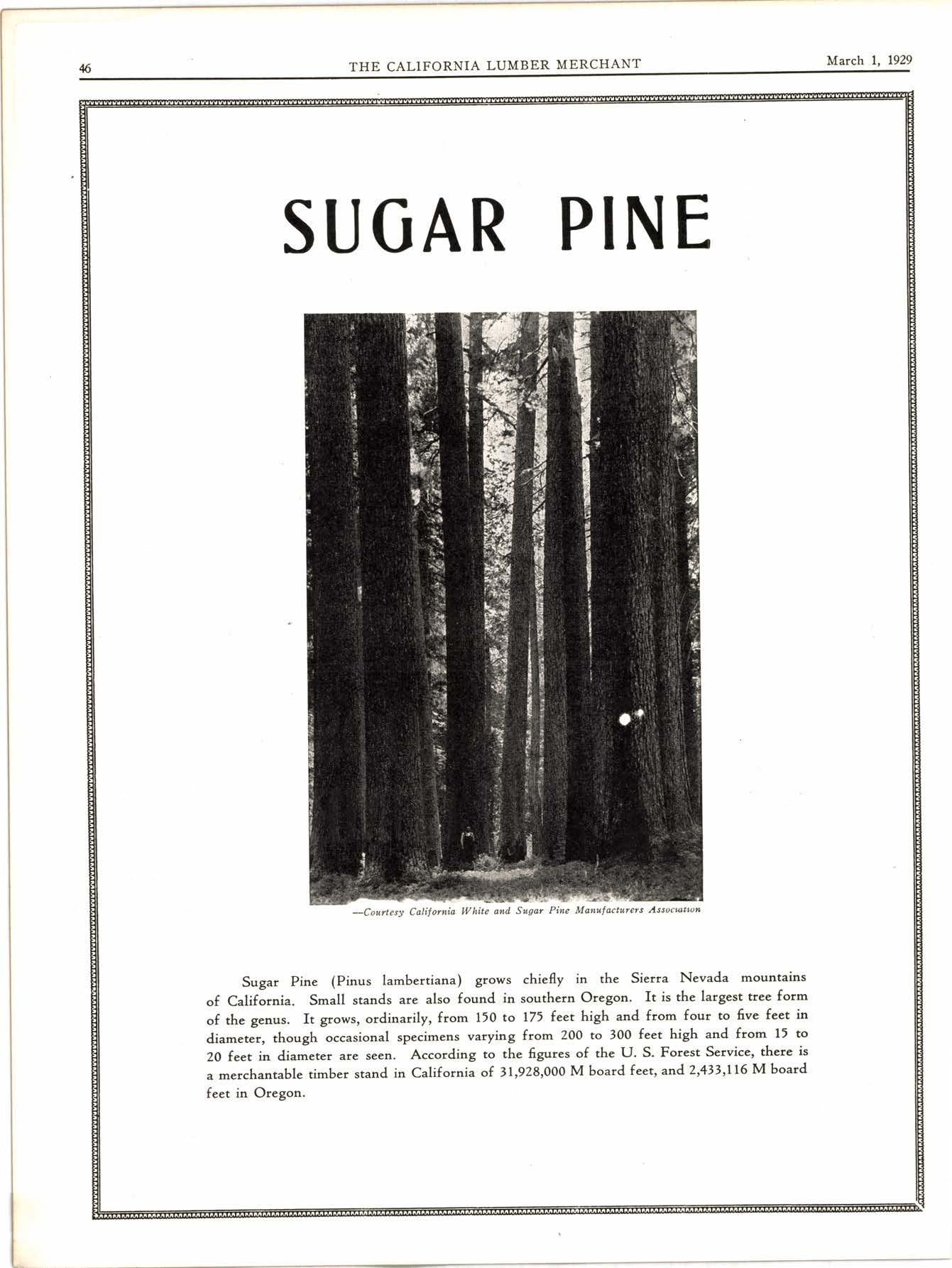
3 minute read
National Lumber Manufacturers Association Publishes Lamella Roof Handbook
Washington, D. C.-"Due to the organization of industry in larger inits, mass production, and the growing- use of conrreyors in manufaciuring assembly, there is an increasing dimand for large unobstructed floor areas in all kinds of-commercial struitures and a similar demand for buildings with roofs supported by walls only in such fields as wirehouses, garages, auditoriums, gymnasiums, skating rinks, armoriei, reireation halls, airplane hangars, and large barns," says, The Lamella Roof, a handbook of trussless construction just released for distribution by the National Lumber Manufacturers Association.
The use of lamella trussless roof construction in the building of the giant temporary hall for the 1928 Democratic National Convention in llouston, Texas, brought the lamella idea, already successfully used in many parts of this country, into popular favor and has resulted in much lamella construction.
The new booklet traces the origin of the design, illustrates its methods and principal advantages, discusses its application to certain classes of buildings, and lists structuies in America which have used the design.
Invented in Germany
The lamella roof had its origin in Germany, being invented shortly after the great Tokio earthquake in 1923, by a German engineer who sought to devise a type of construction which- would resist the devastating effects of earth shocks. The design has had wide application in GermanyIt was first introduced into this country in 1925 when American patents were taken on it and a syndicate formed to grant licenses for its use. The wind resisting characteristics of the type received a severe test in 1926 and 1928 Florida hurricanes. The buildings exposed were found to have weathered the storms unusually well.
Fundamentals Simple
The lamell'a design makes use of two simple engineering devices; namely, the arch and the network. The roof is made up of relatively short wood members called "lamellas" varying from 2 in. by 8 in. to 3 in. by 16 in. and in length from I to 14 feet. These pieces are bolted together, forming a network of framing lumber completely covering a buildlng in arch form. This network is not unlike that of diamond mesh expanded metal lath, except on a much larger scale. The thrust of the arch is taken up either by steEl tie-rods extending from side to side of the building, by buttresses, or bents with diagonal struts so placed as to take the thrust. The use of the buttress or the bent system is usually a little more expensive than the simple steel tie rod system, but allows for a clear expanse from roof to floor.
Like all arch construction, each section of the lamella roof has to be put together piece by piece and held in place until the whole is completed.
Costs Low
Experience has shown lamella construction to usually cost 5 to 25 per cent less than a steel truss roof with wood r,afters and decking. In the metropolitan district of New York its cost is said to be about 40 cents per square foot of roof area erected in place. This includes rods and other iron work, but does not take care of sheathing.
Fire Retardant Qualities
Of several hundred lamella roofed buildings in this country only one is reported to have experienced a fire' This was in a Bridgeport garage, an automobile burning with sufficient intensity to melt metal on adjoining cars. Some of the exposed lamella timbers overhead were charred, but not sufficient to need replacement. It is pointed out that the high arch and the elimination of supporting members protects a lamella roof from early damage by fire.
Publication Gratis
Copies of "The Lamella Roof" are available gratis to persons addressing the National Lumber Manufacturers Association, 702 Transportation Building, Washington, D. C.
"Cappy" Slade Gets Lucky B. '\ry'. Lakin Shoots
"Cappy" Slade, who has recently re-joined the forces of the S. E. Slade Lumber Company, Los Angeles, certainly "got hot," in the finals of the championship match of the California Country Club. Fay Coleman, Southern California amateur champion, only won his match on the 19th hole after having "Cappy" 5 down on the first 6 holes. but it seems that aT this- pbint "C"ppy" found three horse shoes, two rabbits' feet and a four-leaf clover, because he certainly played the golf game of his life the rernainder of the maich. The firsI nini holes required 39 strokes, but the second round with three birdies and an eagle chopped ofi eight strokes, giving him the brilliant score of 31 and squrri-rg the match, but alas the old black cat was laying for "Cappy" on the 19th hole and he took three- puts to hole out,'which cost him the championship. Perhaps the most remarkable fact of the contest was, that on the last nine holes "C"ppy" only took eight puts.
Hole in One
B. W. Lakin, general manager of the McCloud River Lumber Company, McCloud, Calif., who has been spending the past several weeks in Los Angeles, celebrated Washington's birthday in great style. He and A. H. Cuenod of the Hammond Lumber Company, Los Angeles, played solf at Bellaire Country Club and when they ieaihea tn" third hole which is 145 yards Mr. Lakin's tee shot found the cup, thereby placing him in the "hole in one" club.
Frank Curran Back From Arizona
Frank Curran, manager of the E. K. Wood Lumber Company, Los Angeles, has returned from a ten-day business trip to Arizona.










